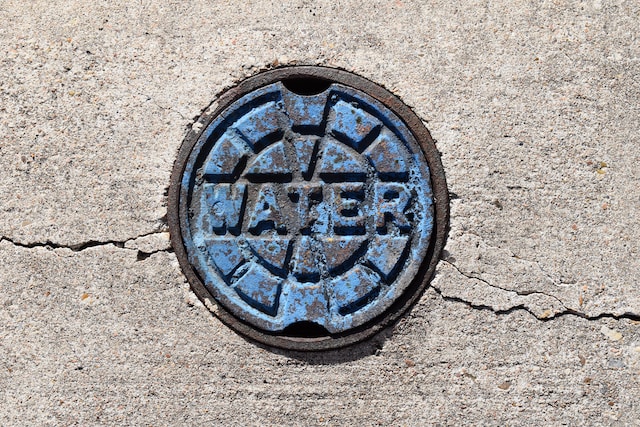If you experience damage to your home while traveling, knowing how to file a homeowners insurance claim is important. This article will provide you with step-by-step guidance on what to do in such a situation, ensuring that you can protect your home and receive the necessary compensation.
Filing a Home Insurance Claim When Traveling
Filing a home insurance claim while traveling can be stressful, but by following these steps, you can navigate the process effectively and ensure a fair resolution.
Step 1: Assess the Damage
Before anything else, assess the damage to your home. This is when your neighbors, friends, and family will be life savers. Ask them to take photos and videos of the affected areas, documenting the extent of the damage. This visual evidence is vital when filing your home insurance claim.
Step 2: Notify Your Insurance Company
Contact your insurance company as soon as possible. Locate your policy information and the contact details for your insurer. Notify them about the incident and your intention to file a claim. Follow their instructions for initiating the claims process.
Step 3: Gather Necessary Documentation
Collect all relevant documentation, including your insurance policy, any receipts for repairs or purchases related to the claim, and any photographs or videos of the damage. Organize these materials to ensure you have everything needed for the claim. With online platforms, most of these documents can be found easily, if not contact your insurance holder to ensure you have everything you need.
Step 4: File the Claim
Complete the necessary claim forms provided by your insurance company. Be thorough and accurate in your descriptions of the damage and circumstances surrounding it. Attach the supporting documents, such as photos, videos, and receipts.
Step 5: Stay in Communication
Maintain open and effective communication with your insurance company. Respond promptly to any requests for additional information or documentation. This will expedite the claims process and help ensure a fair resolution.
Step 6: Cooperate with Adjusters
If an insurance adjuster needs to assess the damage in person, cooperate fully. Provide access to your property and answer their questions honestly. The adjuster’s evaluation will play a significant role in determining the claim’s outcome.
Step 7: Review the Claim Settlement
Once the insurance company has processed your claim, carefully review the settlement offer. Ensure it adequately covers the cost of repairs or replacement. If you have concerns or questions, don’t hesitate to discuss them with your insurer.
Step 8: Accept or Negotiate
Based on your review, you can either accept the settlement as offered or negotiate with the insurance company to reach a fair resolution. If you choose to negotiate, be prepared to provide additional evidence or documentation to support your case.
Step 9: Finalize the Claim
Once you and the insurance company agree on a settlement, finalize the claim. Sign any necessary paperwork to complete the process.
By following these steps, you can effectively navigate the home insurance claim while traveling, protect your home, and ensure you receive the compensation you deserve. Remember that thorough documentation and clear communication with your insurer are key to a successful resolution.
Resolving a Home Insurance Claim
Resolving a home insurance claim can be a time-consuming process, but it’s important to remain patient and follow the necessary steps to ensure a fair resolution.
- Review your policy: Begin by carefully reviewing your homeowners insurance policy to understand the coverage and limitations. This will help you determine if the damages you’ve experienced are covered under your policy and what to expect during the claims process.
- Communicate with your claim professional: Throughout the claim process, maintain open and clear communication with your assigned claim professional. They will guide you through the necessary steps, provide updates on the progress of your claim, and address any concerns or questions you may have.
- Provide supporting documentation: To support your claim, gather all relevant documentation, such as photos or videos of the damages, receipts for repairs or replacements, and any other evidence that substantiates your claim. This documentation will be crucial in demonstrating the extent of your loss and expediting the resolution.
Appealing a denied claim:
If your home insurance claim is denied, you can appeal the decision. To do so, review the denial letter and policy to understand the reasons for the denial. Building a strong case for your appeal involves providing additional evidence, such as expert opinions or independent assessments of the damages. Clearly state your disagreement in writing and submit your appeal to your insurance company according to their specified procedures. Remember, persistence and thoroughness are key to pursuing a successful appeal.
When dealing with home insurance claims while traveling, be prepared and knowledgeable about the process. Remember to report your claim immediately, provide all the required information, and document the damages with photos or videos. Being proactive and knowledgeable will help you navigate unexpected challenges and resolve your insurance claims fairly.




